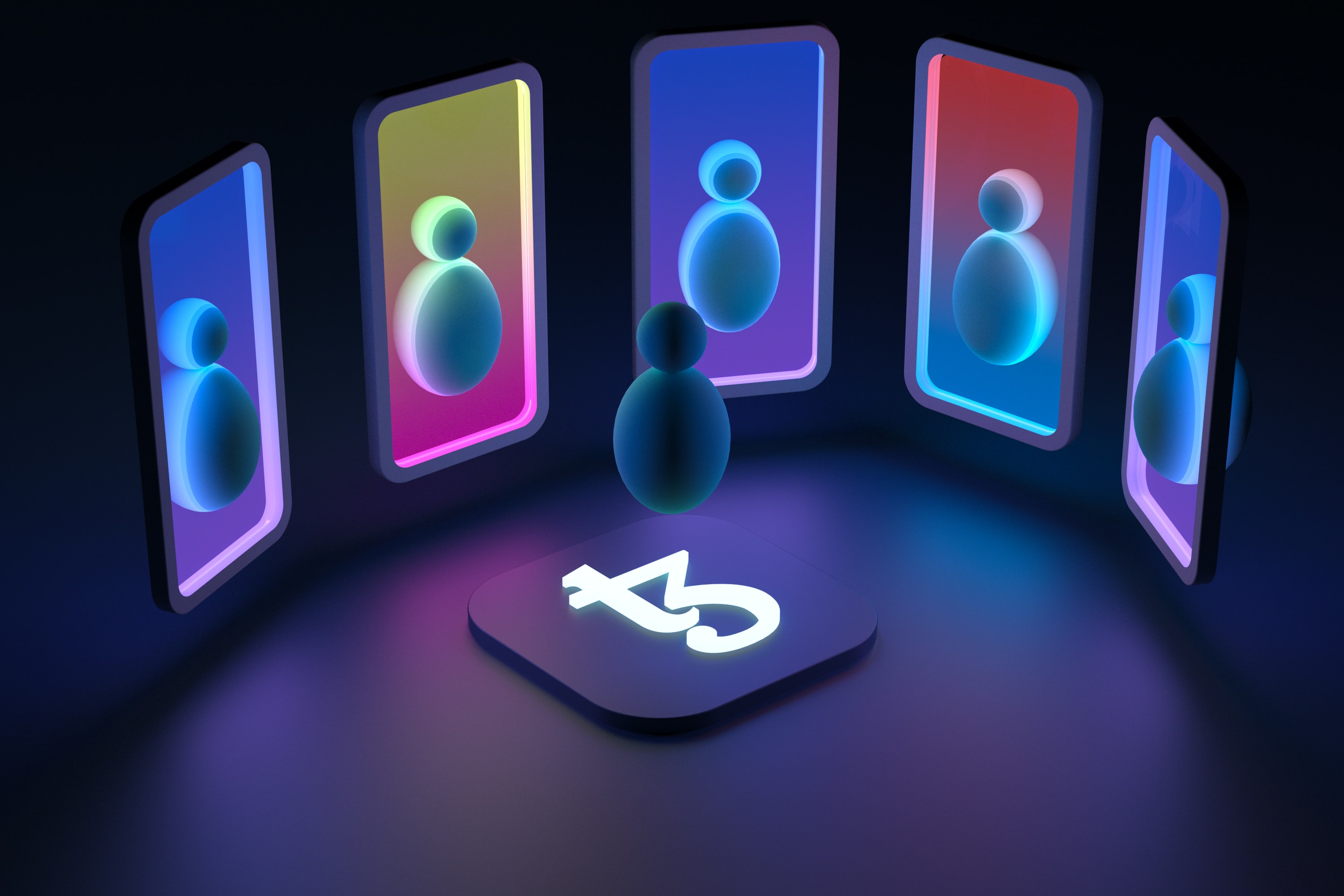What are NFTs?
Non-fungible tokens (NFTs) are a form of cryptographic tokens which exists on a blockchain and can be bought and sold like tangible items, i.e. real estate, artwork, collectibles and music. Being on a blockchain, NFTs have metadata and unique identification codes that make them unequal, irreplaceable and a unique digital property for the owner. Proof of ownership/certificate of authenticity is given by NFT ledgers to the buyers of NFTs. It certifies the buyer as the sole owner of the NFT. Although the certificate is not the copyright of the digital item and also doesn’t prevent one from sharing and copying it, NFTs are still getting popular fast.
Since they are on blockchains, NFTs remove intermediaries and connect artists with buyers, thus simplifying transactions and creating new markets. The idea of the NFT dates back to almost a decade and most of the NFTs today are available on the Ethereum blockchain. However, Solana and Polkadot blockchains also host a number of NFTs.
How did they come to prominence?
Americans Kevin McCoy and Anil Dash created the first NFT in 2014. But like many cryptocurrencies, NFT started gaining popularity during the COVID-19 pandemic. The year 2021 was the turnaround year for NFTs when some of the most expensive digital pieces of these assets were sold. An artwork known as ‘The First 5000 Days’ by Michael Winkelmann aka Beeple turned heads when it was sold for a jaw-dropping $69 million on 21 February 2021. Just a month later, Twitter founder Jack Dorsey’s first tweet (of 21 March 2006) proved how expensive a tweet can be in the digital world when it was sold for $2.9 million. However, on 6 December 2021, a digital artwork called ‘The Merge’ broke all-time records when it went under the hammer for a mind-boggling $91.8 million. Three days later after this record sale, Beeple, The Human One, also fetched $29.98 million.
With such exorbitant sales, the NFT market looks set to overtake the market of tangible artworks one day.
How NFTs are created, bought and sold
One needs to have a crypto wallet like Ethereum to cover the computing fees for creating NFTs. The seller needs to click the create button with the marketplace and upload their work. The NFT can then be listed for sale for a fixed price or via sale.
Marketplaces charge a fee from the seller which comprises the listing fee and blockchain-related computational charges. The fee, also known as the gas fee, can fluctuate on different platforms. In return, marketplaces handle the transfer of the digital asset from the seller to the buyer along with transferring crypto funds to the seller’s crypto wallet.
Those who wish to purchase an NFT can do that through an NFT marketplace. NFTs on these marketplaces can be purchased at a fixed price or via auction. The price of an NFT can fluctuate in a marketplace given its availability and demand. To purchase these NFTs, one requires a crypto wallet having cryptocurrencies. However, an NFT built on the Ethereum blockchain will accept only Ethereum tokens. Ever since NFT grabbed attention, a number of marketplaces like Foundation, SuperRare, OpenSea and Rarible are hosting NFT trades.
Now, niche marketplaces are also gathering momentum to sell specialised NFTs. For example, the national Basketball Association owns the NBA Top Shot which sells clips of players’ performances.
Is buying and selling NFTs a lucrative business?
Trading NFTs has its own advantages as the value skyrockets or appreciates at a good rate. The digital world platform gives access to many more sellers and buyers than any physical marketplace could. Creators and sellers get money every time their digital asset is reused or resold - but at the same time, we can’t rule out the disadvantages of NFTs.
NFTs have gained popularity of late and skyrocketing prices of assets bear testimony to that. However, unlike the physical marketplace of artworks, there is no guarantee that digital forms will fetch the same exorbitant value if resold.
Not every NFT fetches you millions. There are occasions when the value of an NFT doesn’t meet the cost of fee on a marketplace.
In addition, blockchains which host NFTs have been drawing criticism for using excessive electricity and thus posing environmental impact.
Conclusion
Artists have become millionaires selling just one piece of their artwork. But the NFT market is risky. Prices fluctuate all the time and it’s tough to guess the future value of an NFT. However, an NFT trend and artworks by prominent personalities are most likely to fetch good money. If one has an eye for a good piece of artwork, music, and other media, they can try their luck in NFTs.
https://cryptopotato.com/most-expesive-nfts-sold/
https://blog.portion.io/the-history-of-nfts-how-they-got-started/
https://www.investopedia.com/non-fungible-tokens-nft-5115211






